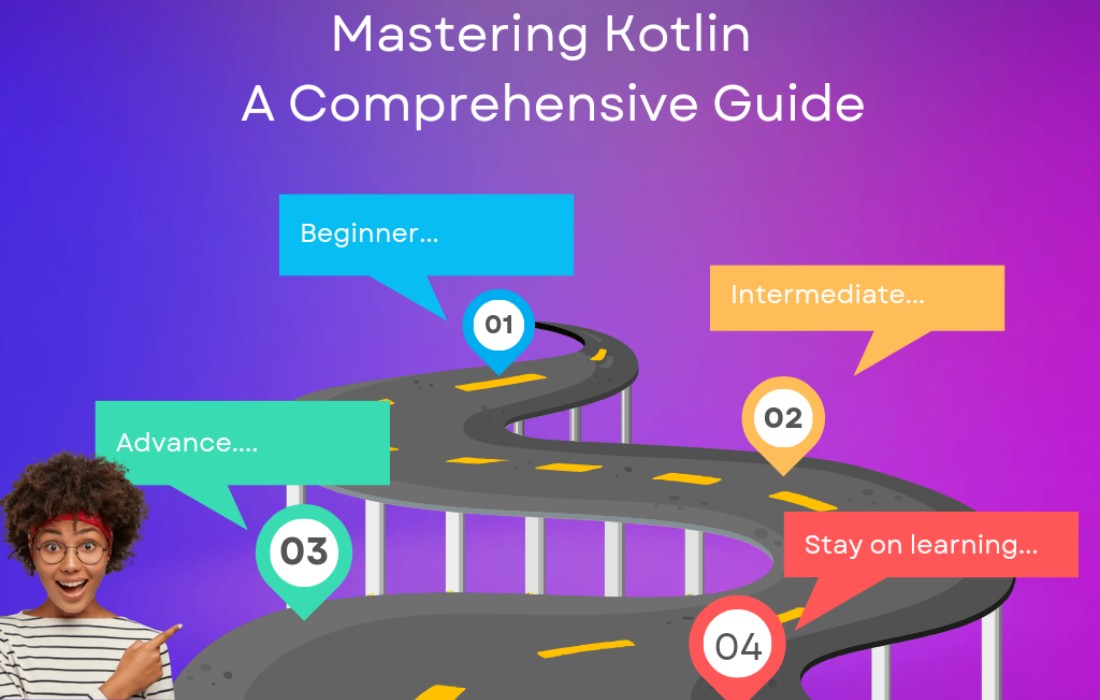Kotlin, like many modern programming languages, embraces object-oriented programming (OOP) principles. At the heart of OOP lies the concept of the class, a blueprint for creating objects that encapsulate data (properties) and behavior (functions). This blog post will explore Kotlin classes in detail, covering everything from basic class definitions to advanced concepts like inheritance and casting.
Basic Classes
In Kotlin, a class is defined using the class keyword, followed by the class name and an optional body enclosed in curly braces:
A class can be empty, but most classes contain properties and functions:
- Properties: Represent the data associated with the class.
- Functions: Define the actions that objects of the class can perform.
Creating Instances of Classes
To create an instance of a class (an object), you simply call the class name as if it were a function:
This invokes the class’s “constructor,” which we’ll explore in more detail later.
Packages
Kotlin uses packages to organize classes into namespaces, similar to Java. You declare a package at the top of a Kotlin file:
Common Contents: Functions and Properties
Inside a class, you can define functions and properties that are specific to that class.
Functions
Functions within a class are declared using the fun keyword:
Properties
Properties are declared using var (for mutable properties) or val (for read-only properties):
this Keyword
The this keyword refers to the current instance of the object. You can use it to access properties and functions of the object:
Constructors
Constructors are special functions that initialize objects when they are created.
Primary Constructors
The primary constructor is part of the class declaration itself:
The var keyword in the primary constructor parameter list declares the count as a property of the class.
Formal Approach
You can also use the constructor keyword explicitly, but it’s often omitted for primary constructors:
Init Blocks
Init blocks are used to execute code during object initialization. They are declared using the init keyword:
- A class can have multiple init blocks, which are executed in the order they appear.
- Init blocks can reference properties declared before them in the class.
Secondary Constructors
Secondary constructors are declared within the class body using the constructor keyword:
- Secondary constructors must call the primary constructor using
this().
Default Parameter Values
Kotlin allows you to define default values for constructor parameters:
This allows you to call the constructor with varying numbers of arguments, using the default values for any omitted parameters.
Inheritance
Kotlin supports inheritance, allowing you to create new classes (subclasses) that inherit properties and functions from existing classes (superclasses).
Extending a Class
Use a colon (:) to indicate inheritance:
Note: Classes are final by default in Kotlin. You must use the open keyword to allow a class to be inherited.
Chaining to Superclass Constructors
The subclass constructor must call the superclass constructor, passing any required parameters:
Open Classes
By default, Kotlin classes are final, meaning they cannot be inherited from. To allow inheritance, you must mark a class as open.
Overriding Functions
Subclasses can override functions from their superclasses. The superclass function must be marked as open, and the overriding function must be marked with override:
Overriding Properties
Properties can also be overridden in subclasses. The superclass property must be declared as open, and the overriding property must be marked with override:
Chaining to Superclass Functions
You can call the superclass implementation of a function using the super keyword:
Inheritance Tests
Kotlin provides the is keyword to check if an object is an instance of a particular type:
Casting
Casting converts a reference to a supertype into a subtype.
Manual Casting
You can use the as keyword for manual casting:
Smart Casts
Kotlin’s “smart casts” automatically cast a variable to a subtype within if and when blocks if the compiler can determine that the variable is of that subtype:
Conclusion
Kotlin’s object-oriented features provide a powerful and flexible way to structure your code. Understanding classes, constructors, inheritance, and casting is crucial for building robust and maintainable Kotlin applications. By leveraging these concepts effectively, you can create well-designed, reusable components that make your code easier to understand and extend.
Citations: [1] https://commonsware.com/licenses












